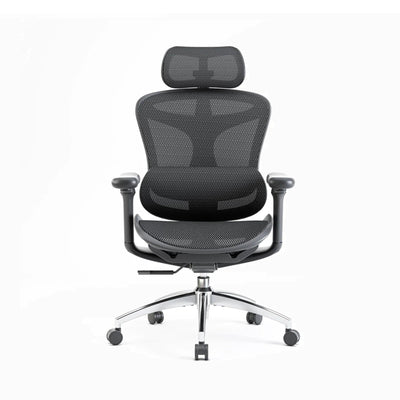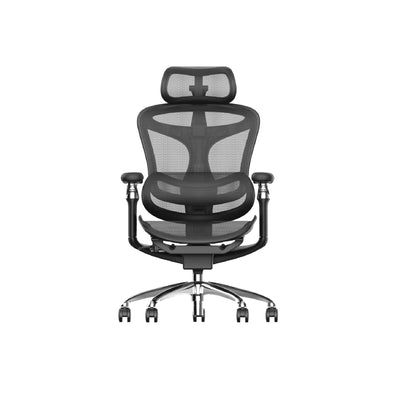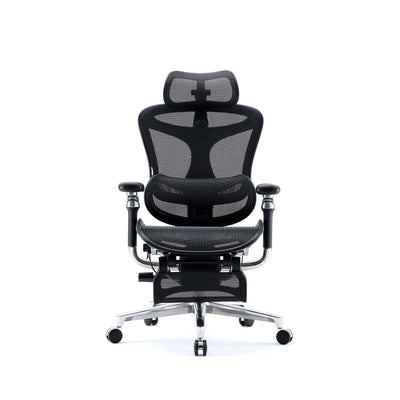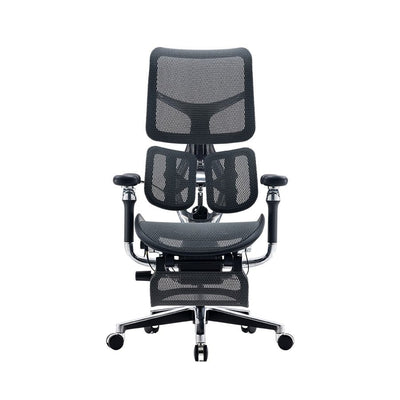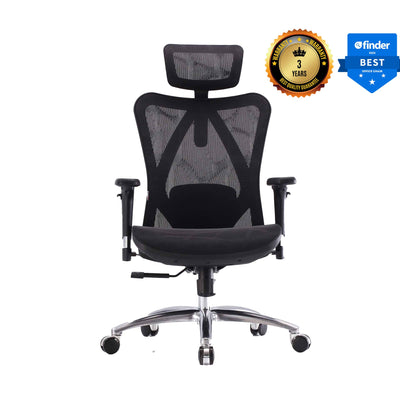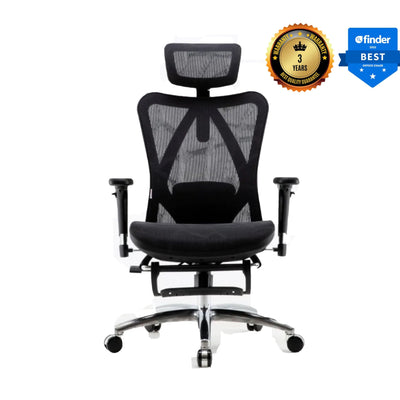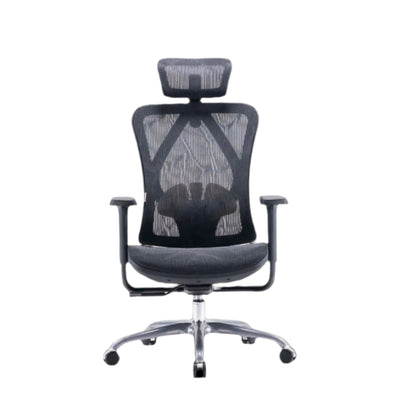
You know how good working from home feels, right? No commute, comfy clothes, and your favourite coffee within reach. But here’s the catch: your posture might be paying the price.
When we first shifted to working from home, it felt like a dream. But sitting on the couch, the bed, or even the floor all day? Not so dreamy for your back. Over time, those small habits start to add up. And before you know it, your spine’s not happy.
So, let’s talk about why your setup might be secretly ruining your posture — and how to fix the back pain from bad posture.
The “comfy” trap
Working from your couch feels good, doesn’t it? It’s soft, warm, and perfect for a lazy morning. But that comfort can be sneaky.
Couches and beds don’t give your spine the support it needs. They make you slouch without even realising it. Your shoulders start to round, your neck leans forward, and your lower back sinks in. After a few hours, your body’s screaming for a stretch.
Here’s what I think — you don’t have to give up comfort. You just need smarter comfort. Use a firm cushion for support. Keep your laptop at eye level. If you can, use a chair made for sitting long hours. Your back will thank you later.
The laptop problem
You won’t believe this, but laptops are one of the biggest posture culprits. They’re handy, portable, and easy to use anywhere — but that’s the problem.
The screen’s too low, so you end up looking down for hours. That “tech neck” tilt puts serious pressure on your spine. Every extra inch your head leans forward adds more weight your neck has to support. Crazy, right?
So, what can you do? Simple. Raise your laptop with a stand or even a stack of books. Use a separate keyboard and mouse. That way, your screen’s higher, and your arms sit comfortably at your sides. Small tweaks, big difference.
The wrong desk setup
Let’s be honest. Most of us never planned a home office. The dining table or kitchen bench just seemed convenient. But they’re not designed for long workdays.
If your desk’s too high, your shoulders rise and stiffen. If it’s too low, you hunch forward. Both positions mess with your alignment. Before long, you’ll notice back pain that doesn’t go away.
Try this, sit so your elbows bend at 90 degrees, feet flat, and screen at eye level. Adjust what you can. If your chair’s not doing its job, look into proper office chairs that support your back properly. Even a few centimetres of adjustment can make a world of difference.
Sitting too long
Here’s a fun fact — your body hates sitting still. Even with a perfect chair, staying seated for hours isn’t healthy.
When you sit too long, your core weakens, your hips tighten, and your back muscles get lazy. That’s when the aches begin. It’s not just discomfort either — it can lead to long-term posture problems.
So, move around! Stand up, stretch, or walk every half hour. Set reminders if you need to. A two-minute stretch break can reset your whole body. Your posture loves movement.
Lighting and screen glare
Ever leaned closer to your screen just to see better? Yep, we’ve all done it. But doing that repeatedly throws your posture off.
Bad lighting or glare makes you crane your neck and squint. It doesn’t seem like a big deal, but it adds tension over time.
Try sitting near natural light, but not directly facing a window. Use a desk lamp if it’s dark. Adjust your screen brightness so your eyes relax. When you can see clearly, you stop leaning forward — simple as that.
Stress and slouching
Here’s something people forget — posture isn’t just physical. Stress plays a big role too. When you’re tense, your shoulders rise, your neck tightens, and you naturally slouch.
Stress also affects how you breathe. Shallow breathing tightens your chest and upper body. It’s like a silent chain reaction.
So, take small breaks to breathe deeply. Roll your shoulders back, unclench your jaw, and let your body relax. A calm mind leads to a straighter spine.
Ignoring the pain
You know that dull ache you feel after work? That’s your body’s way of saying, “Hey, something’s off.” But most of us just brush it off.
We tell ourselves it’s fine, just a long day. But when that pain keeps coming back, it’s not normal anymore. It means your posture’s under strain.
Don’t ignore it. See a physiotherapist if it lingers. They can spot what’s causing it and give you specific exercises. It’s easier to fix now than deal with worse pain later.
Building a healthier setup
Let’s talk solutions. You don’t need a full-blown makeover to make your workspace posture-friendly. Just a few smart tweaks will do the trick.
Here’s what you can do:
-
Keep your screen at or just below eye level.
-
Adjust your chair so your feet touch the floor comfortably.
-
Use a footrest if needed.
-
Make sure your elbows sit close to your body.
-
Take breaks every 30 minutes to stretch or stand.
And if you want something reliable, try SIHOO — they’re known for creating chairs that help your posture stay in line during long workdays.
The right chair matters
Let’s be real — not all chairs are made equal. Some look nice but give zero support. Others feel great for ten minutes, then torture your back.
That’s why it’s worth investing in proper ergonomic chairs. These are designed to follow your body’s natural curve, keeping your spine aligned. A good chair helps you sit taller without effort.
If you can’t upgrade right now, use a small cushion for lower back support. Even that small trick helps keep your posture in check.
Don’t sit all day
You’ve probably heard about standing desks, right? They’re a game-changer if you use them properly. Switching between sitting and standing keeps your muscles active and improves circulation.
But here’s the thing — standing all day isn’t ideal either. It’s about balance. Alternate every hour or so. Move around when you can. The more you vary your posture, the better your body feels.
A bit of stretching or walking during lunch helps too. Your back needs movement, not marathon sitting sessions.
Strengthen your core
You can’t fix posture with sitting alone — your muscles have to help. A strong core supports your spine naturally, so you don’t slouch as easily.
Simple moves like planks, bridges, and cat-cow stretches make a difference. They take just a few minutes daily.
You don’t need gym gear either — just some floor space and consistency. Do it every morning or after work. Trust me, your back will love it.
Sleep counts too
Funny enough, posture doesn’t stop when you log off. Your sleeping position affects your spine too.
A good mattress and pillow make a huge difference. You don’t need anything fancy — just enough support to keep your spine aligned.
Try sleeping on your side with a pillow between your knees. It keeps your hips balanced and relieves pressure on your back.
Little habits, big changes
Posture isn’t fixed overnight. It’s all about daily habits that add up. Straighten your back when you sit. Pull your shoulders back gently.
When you catch yourself slouching, just reset. No guilt, no fuss — just awareness. That’s how long-term change happens.
Even adjusting your workspace lighting or adding ergonomic office chairs can completely change your comfort level. It’s those small, smart choices that save you from years of back pain.
The long-term payoff
When you fix your posture, everything feels easier. You breathe better, move smoother, and feel more energetic. You even look more confident — bonus!
Back pain isn’t just about discomfort. It affects your mood, focus, and energy. So, improving your setup is an investment in your overall wellbeing.
Once you make those small adjustments, you’ll feel the difference right away. Imagine ending your day without that heavy, tired feeling. Feels good, doesn’t it?
Working from home gives you freedom, but it also demands awareness. Bad posture doesn’t happen in a day — it builds quietly over time.
By making your workspace more supportive, taking breaks, and using good equipment, you can protect your back for years to come.
So, take a look at your setup today. Maybe adjust your chair, lift your screen, or stretch your neck a bit. Tiny steps, big results.
Your spine’s doing a lot for you — it deserves the best care you can give.




